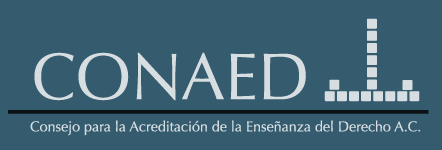Industrial Engineering
Physics I Laboratory
The scientific background that industrial engineers should have includes the statistical analysis of errors in measurements, verification of physical laws in the everyday world and application of the scientific method. In that connection, this laboratory introduces students to the measurement world from a formal point of view. To this end, actual measurements are made, and data is analyzed using motion sensors connected through transducers to computers from which motion graphics are obtained. From them, data such as gravity acceleration can be calculated, and theories such as those of Galileo can be demonstrated, which, otherwise, would be only presented at a conceptual level.
Some of our equipment is detailed below:
Pasco universal interface
This interface receives and interprets variables such as distance and speed from sensors. It may be used in replacement of other laboratory instruments, including oscilloscopes, power supplies, timers and function generators.
Air track
This apparatus uses compressed air of around 100 psi. It consists of a track with holes (on its upper surface) through which air is expelled and gliders (carts) placed on top of the air columns to simulate a friction-free effect. It has adjustable leveling feet to level the aluminum frame. Air flow is controlled by a solenoid valve. Air tracks are used in demonstrations of Newton’s second law and in work (W) and energy (E) experiments.
Pasco motion sensor
This device measures the distance/position, velocity and acceleration of a target. It sends and receives a wave that returns from the object under study and calculates its distance/position based on the signal’s round-trip time. The motion sensor can be set on a desktop or mounted to a rod stand and has a 360° pivoting head.
































